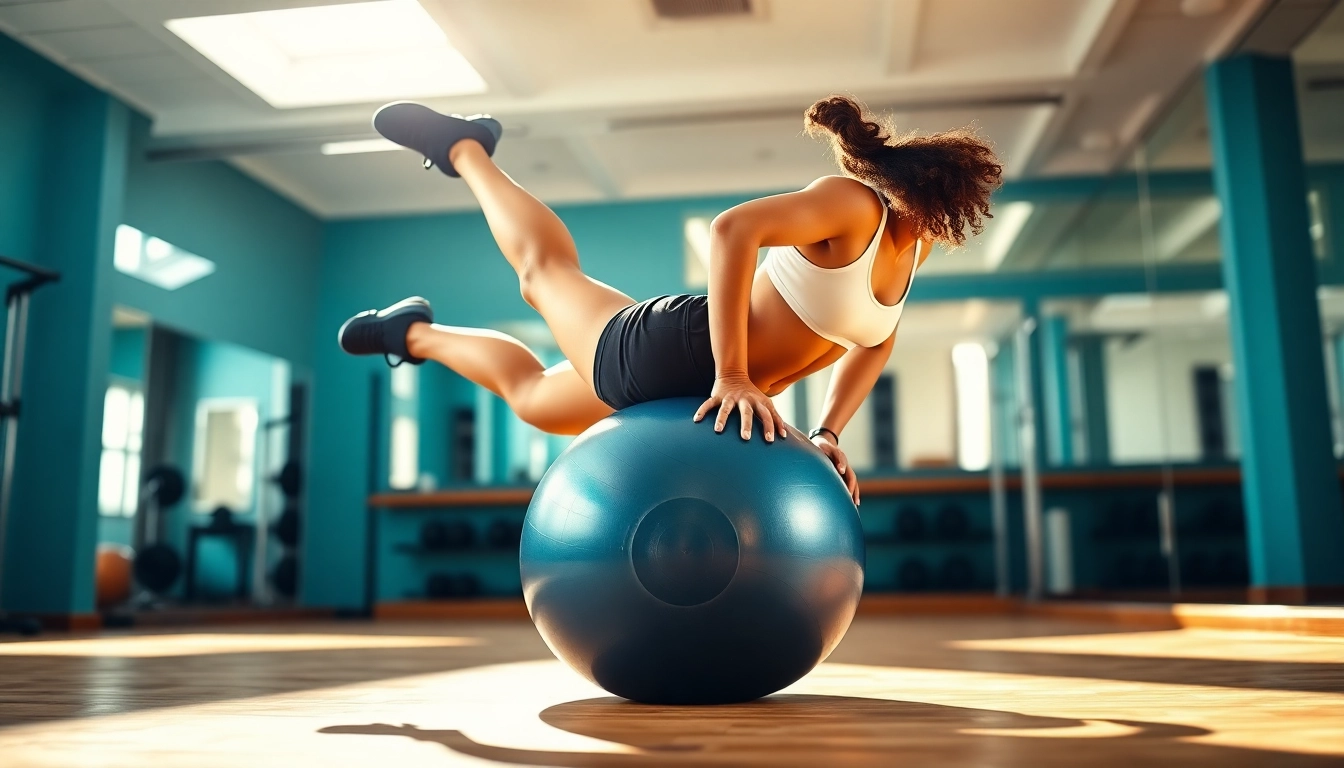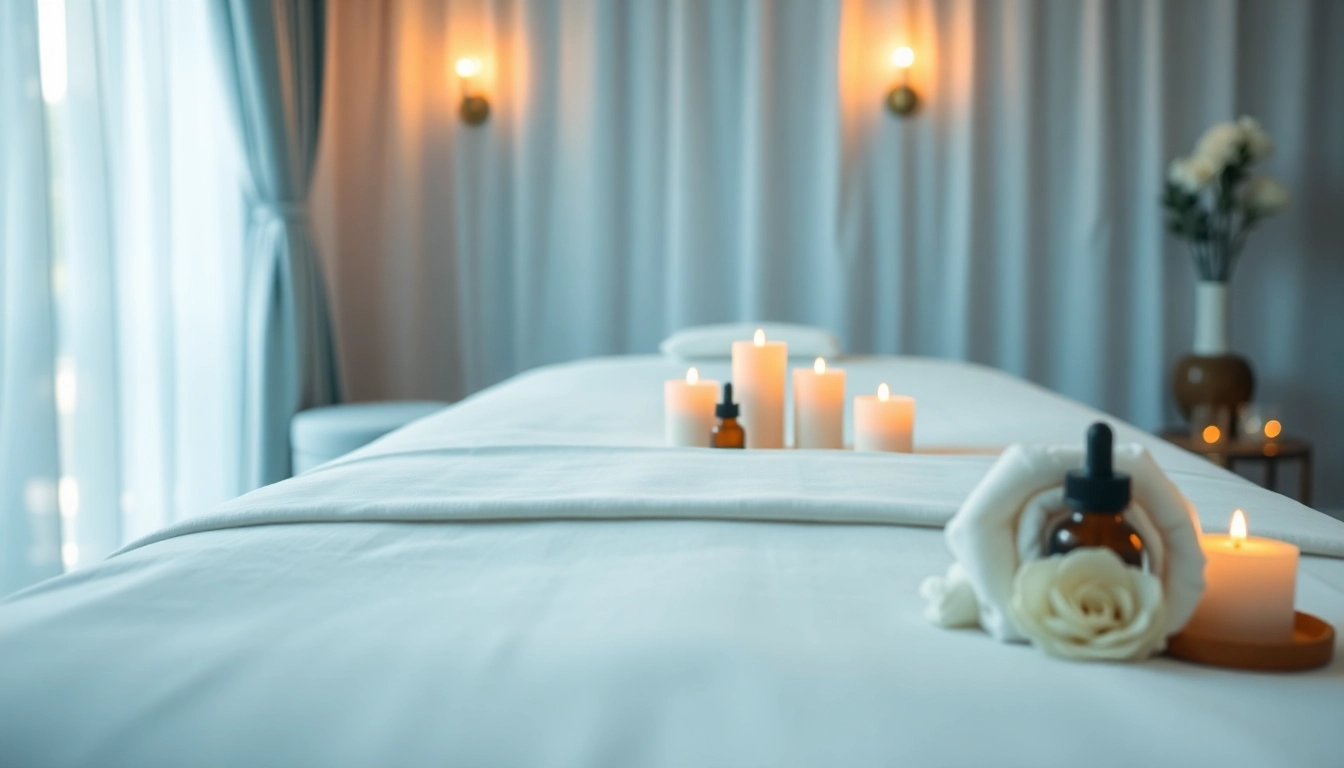Understanding the Benefits of Pilates Ball for Core Workouts
The integration of a pilates ball for core workouts offers a multitude of benefits that extend beyond traditional exercise methods. This section delves into the various advantages that such workouts provide, highlighting why incorporating a Pilates ball can transform your fitness journey.
Physical Benefits and Outcomes
Using a Pilates ball engages muscles that are often neglected during standard workouts. The instability that the ball introduces forces the core muscles to initiate and maintain balance, thus enhancing overall strength and stability. This constant engagement not only builds core strength but also improves functional fitness, which is essential for daily activities.
Some key physical benefits include:
– Increased Core Strength: The central emphasis on core engagement during exercises leads to a stronger trunk area, influencing posture, balance, and overall body mechanics.
– Improved Flexibility: Regular workouts with a Pilates ball encourage greater range of motion and flexibility, especially in the back, hips, and abdominals.
– Enhanced Balance and Coordination: As you learn to stabilize your movements on the ball, you develop coordination and balance, skills that translate into other areas of fitness and sports.
Research indicates that incorporating a Pilates ball may amplify the efficacy of core workouts better than traditional routines, making it an excellent choice for fitness enthusiasts of all levels.
Mental Focus and Mindfulness
Engaging in core workouts with a Pilates ball promotes not only physical gains but also a heightened sense of mental focus and mindfulness. The requirement for stability encourages a concentrated mindset, allowing individuals to better connect with their body movements.
Key mental benefits include:
– Increased Mindfulness: As you navigate unstable movements, you must focus on your body’s positioning and alignment, enhancing the mind-body connection that is central to Pilates principles.
– Stress Reduction: The concentration required can act as a form of meditation, helping to alleviate stress and anxiety, whilst releasing endorphins throughout the workout.
– Self-Efficacy: Successfully mastering complex maneuvers on a Pilates ball can significantly boost your confidence in exercise, enabling you to take on more challenging routines.
This combination of sharp mental focus and physical engagement leads to a holistic workout approach that nurtures both body and mind.
Injury Prevention and Rehabilitation
For individuals recovering from injuries or seeking to prevent them, the use of a Pilates ball is invaluable. The ball’s design encourages low-impact movements that can strengthen the muscles around vulnerable joints, promoting resilience against injury.
Consider the following advantages:
– Controlled Movements: The ball facilitates controlled workouts, allowing for gradual progression and consistent monitoring of form to prevent injuries.
– Strengthening Supporting Muscles: Core exercises performed on the ball can strengthen muscles that provide support for the spine and joints, reducing the risk of future injuries.
– Rehabilitation: Many physical therapists incorporate Pilates balls into rehabilitation programs due to their effectiveness in safely regaining strength and mobility.
Overall, using a Pilates ball for core workouts can be a proactive step in maintaining and improving physical health, especially for those with prior injuries or weaknesses.
Key Exercises with a Pilates Ball for Core Workouts
Incorporating specific exercises into your routine can maximize the benefits of a Pilates ball. Below, we outline a variety of exercises aimed at different skill levels, each designed to challenge and enhance your core strength.
Basic Balancing Techniques
For beginners, starting with basic balance exercises can help establish a solid foundation. These exercises are instrumental in building overall stability and confidence on the ball.
1. Ball Squats: Stand with the ball positioned between your lower back and a wall. Squat down, keeping your knees aligned over your toes. This helps in engaging your core while also strengthening your legs.
2. Seated Ball Balance: Sit on the ball with feet flat on the ground, feet shoulder-width apart. Lift one foot off the ground a few inches, hold for a count of five, then switch feet. This builds stability and enhances balance.
3. Wall Roll-Outs: Stand against a wall with the Pilates ball at your lower back. Gradually roll the ball up the wall while maintaining your balance, then return. This exercise targets both balance and core engagement.
These basic exercises are essential for newcomers, laying the groundwork for more advanced movements.
Intermediate Stability Exercises
Once you’ve mastered the basic techniques, progress to intermediate exercises that further challenge your core stability.
1. Ball Pass: Lie on your back holding the ball with your hands extended overhead. Raise your legs and torso simultaneously to meet the ball in the center. This dynamic movement engages the entire core.
2. Plank on the Ball: Place your forearms on the ball and extend your legs back, balancing your body into a plank position. This variation increases intensity and challenges core stability.
3. Hovers with Foot Taps: In a plank position with your feet on the ball, alternate tapping your toes to the ground. This requires significant core activation and balance.
These intermediate exercises not only enhance core strength but also improve muscular endurance.
Advanced Core Conditioning Routines
For those ready to elevate their workout intensity, advanced routines with a Pilates ball offer incredible challenges.
1. Pike on the Ball: In a plank position with your feet on the ball, engage your core and lift your hips towards the ceiling, forming a pike position. This demanding move targets the abs and shoulders.
2. Ball Rollout: Kneel on the floor with the ball in front of you. Slowly roll the ball forward while maintaining a neutral spine and then roll back. This movement amplifies core engagement and stability.
3. Reverse Crunch with Ball: Lie on your back and hold the ball between your ankles. Lift your legs and hips off the ground while squeezing the ball. This exercise intensifies the focus on the lower abdominal muscles.
These advanced movements challenge not only core strength but also coordination and stability, aiding in overall fitness improvement.
Setting Up Your Workout Space for Pilates Ball for Core Workouts
Creating an inviting and functional workout space can enhance your Pilates ball experience. This section outlines the key considerations for an effective workout environment.
Choosing the Right Environment
Finding an appropriate location for your workouts is crucial. Aim for a quiet, well-lit space with sufficient room to move freely. Here are key considerations:
– Safety: Clear the area of any obstacles or tripping hazards; ensure the floor surface is non-slippery.
– Ventilation: A well-ventilated space helps maintain comfort during workouts, reducing fatigue and enhancing focus.
By prioritizing these environmental factors, your workout space will foster a productive atmosphere for practice.
Essential Equipment and Accessories
While the Pilates ball is central to your workouts, additional tools can enhance your experience. Consider these accessories:
– Exercise Mat: A yoga or exercise mat provides comfort and support during floor exercises and protects your joints.
– Resistance Bands: These can add variety and resistance to your core workouts, complementing the instability of the ball.
– Water Bottle and Towel: Staying hydrated and comfortable is essential, so keep these within reach.
Together, these items create a comprehensive workout setup that prepares you for an effective session.
Creating an Inspiring Atmosphere
Your workout environment doesn’t just need to be functional; it should also inspire and motivate you to exercise. Consider personalizing your space with:
– Decorative Elements: Motivational quotes, artwork, or plants can enhance your mood and encourage consistency.
– Music or Soundtrack: Playing energizing music during workouts can elevate your mood and performance.
– Regular Cleanliness: Keeping your environment tidy reinstates a sense of order and focus, fostering a positive mindset for workouts.
The right atmosphere elevates your Pilates practice, making it more enjoyable and effective.
Incorporating Pilates Ball into Your Fitness Regimen
To maximize the benefits of a Pilates ball, it’s essential to weave it into your broader fitness framework. This section provides strategies for effective integration.
Building a Balanced Workout Plan
When planning your workout routine, it’s important to create balance. Incorporate a mixture of cardio, strength training, and flexibility work alongside your Pilates ball sessions:
– Weekly Scheduling: Aim for 2-3 dedicated Pilates ball sessions each week, allowing for recovery and cross-training with other forms of exercise.
– Varied Intensity: Mix high-intensity sessions with lower-impact workouts to give your body a chance to recover and adapt.
This balanced approach ensures comprehensive fitness benefits while reducing the risk of burnout or injury.
Mixing It Up with Other Fitness Modalities
Integrating Pilates ball workouts with other fitness disciplines can enhance overall efficacy. Consider adding:
– Yoga: The flexibility and mindfulness aspects of yoga complement core workouts, enhancing both body and mind.
– Strength Training: Using weights or resistance bands alongside the Pilates ball builds additional muscle groups.
– Cardio Workouts: Activities like running or cycling improve cardiovascular health and can be balanced with Pilates for overall fitness.
This diverse mix not only keeps your routine interesting but also significantly improves physical performance and engagement.
Tracking Progress and Adjusting Goals
Regularly tracking your progress encourages motivation and accountability. Consider these methods for effective monitoring:
– Fitness Journal: Log your workouts, noting improvements in strength, balance, and endurance.
– Setting SMART Goals: Establish Specific, Measurable, Achievable, Relevant, and Time-bound goals to maintain clarity and focus.
– Regular Assessments: Re-evaluate your capabilities every few months, adjusting your goals and routines as necessary.
Tracking progress is not only a motivational tool but also allows for adjustments to ensure continuous improvement.
Tips for Safety and Effectiveness in Pilates Ball for Core Workouts
While Pilates ball workouts can be highly beneficial, attention to safety and form is critical. This section offers valuable tips to enhance both safety and effectiveness during your routines.
Common Mistakes to Avoid
Many novices making common mistakes during Pilates ball workouts can hinder progress or lead to injury. Keep these points in mind:
– Neglecting Core Engagement: Always focus on actively engaging your core muscles; failing to do so can undermine the workout’s effectiveness.
– Poor Form: Prioritize good posture and alignment to prevent strain or injury. Ask for assistance or consult resources if unsure about form.
– Overexertion: Progress at a pace that feels comfortable, especially as you explore advanced movements.
Avoiding these pitfalls can lead to a more rewarding and safer Pilates ball experience.
Proper Form and Alignment Guidelines
Understanding and maintaining correct body alignment is crucial in maximizing the benefits of Pilates ball workouts:
– Neutral Spine Alignment: Ensure your back maintains its natural curvature, avoiding excessive arching or rounding.
– Engaged Core: Consistently draw your navel towards your spine to stabilize your core during all movements.
– Aligned Joints: Keep knees aligned with toes during exercises, and avoid placing undue stress on joints.
Following these guidelines will help ensure safe and effective Pilates ball workouts, mitigating injury risks.
Listening to Your Body: Signs to Stop
Listening to your body is essential during workouts. Be mindful of the following warning signs:
– Unusual Pain: Experiencing sharp or persistent pain typically indicates a need to stop and reassess your form or exercise.
– Dizziness or Lightheadedness: These symptoms may suggest dehydration or fatigue—take a break, hydrate, and reevaluate your intensity.
– Fatigue: If your body feels overly fatigued, it’s important to allow time for recovery rather than pushing through.
Being attuned to your body’s signals is essential for sustainable and effective practice.



